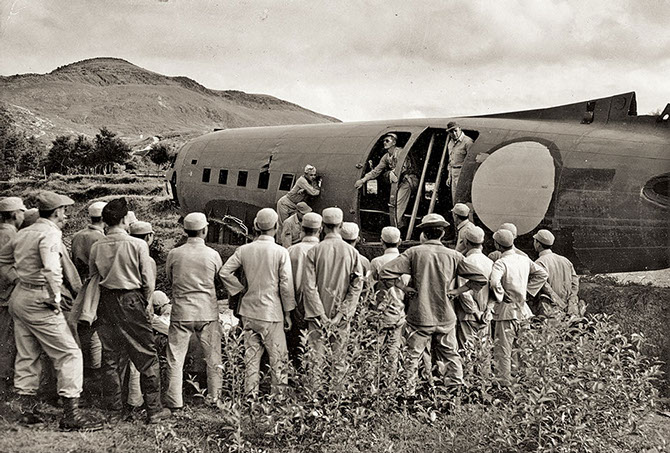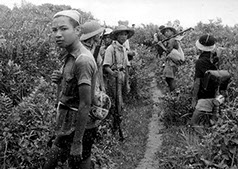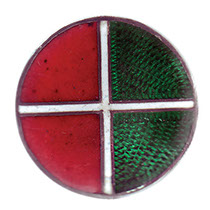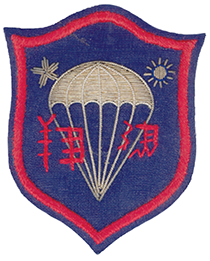Detachment 202 collected intelligence and supported Chinese forces in order to tie down as many Japanese troops as possible. The OSS began operating in 1943, in conjunction with the U.S. Navy Group China, and Chinese intelligence, under the Sino-American Special Cooperative Agreement (SACO). Although the OSS conducted several successful operations, SACO’s isolation, lack of supplies, bureaucratic obstacles, and Nationalist Chinese demands to control all operations prevented it from reaching its potential. Fortunately, in late 1944 the U.S. Army theater commander for China and French Indo-China (Vietnam), Lieutenant General Albert C. Wedemeyer, pulled the OSS under his command as an independent agency. This enabled the newly created Detachment 202 to operate outside of SACO and away from Chinese influence.
The Operational Groups (OG), Special Operations (SO), and Secret Intelligence (SI) branches of Detachment 202 immediately began exercising their capabilities. The OGs were directed to train twenty company-sized paratrooper elements. Despite the lack of full Nationalist Chinese cooperation, the OGs formed six fully trained commandos and had begun to conduct operations by the end of hostilities. These Commandos were the first paratroop units in the Nationalist Chinese Army. SO had the mission to create, arm, train, and lead guerrilla forces. By the end of the war, a few SO groups were leading guerrilla forces 500 miles behind enemy lines. These SO guerrilla groups, some as large as 1,500 men, cut roads and rails, blew up road and train bridges, and killed thousands of Japanese troops. Although on a smaller scale than OG or SO operations, SI established several teams in French Indo-China and southern China. These teams reported Japanese naval and air traffic and meteorological conditions. Although the Japanese surrender ended combat operations, these Detachment 202 elements demonstrated the capabilities of the OSS in China.
One of the most important successes in China took place immediately after the atomic bomb was dropped. ‘Mercy Mission’ teams parachuted into Japanese prison camps to prevent further harm to Allied POWs. The OSS contributed the bulk of the personnel, although several other organizations participated as well. This was done at great peril because many Japanese commands were not aware that the war was over. Eleven ‘Mercy’ teams from OSS China arranged for food, medical care, and the evacuation of POWs to Allied camps.







